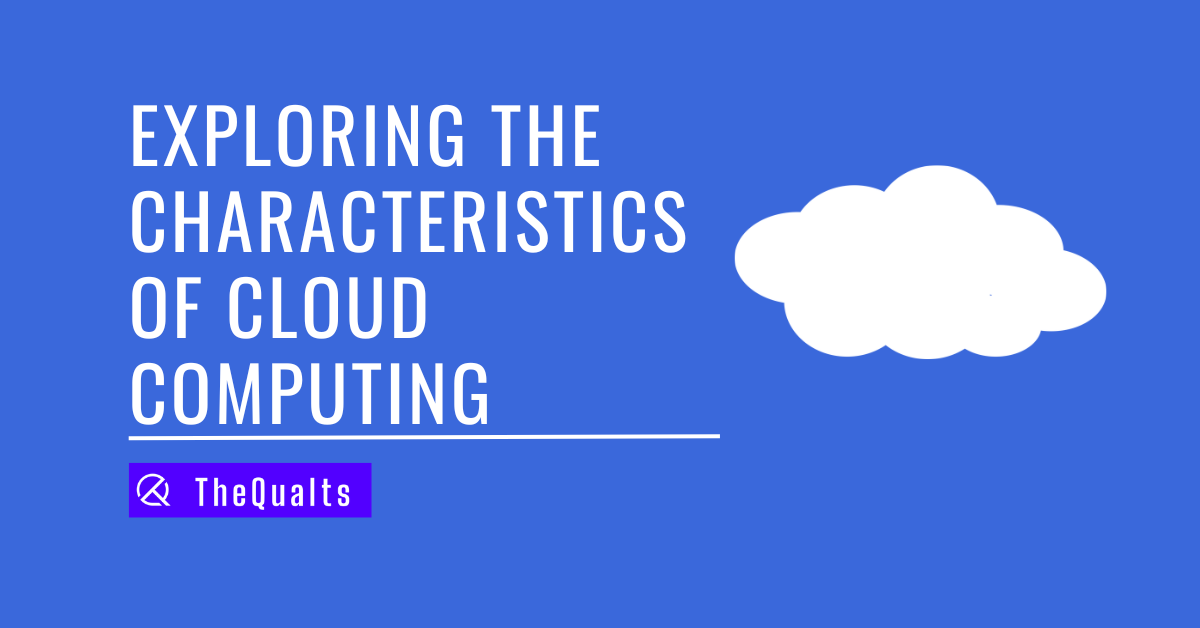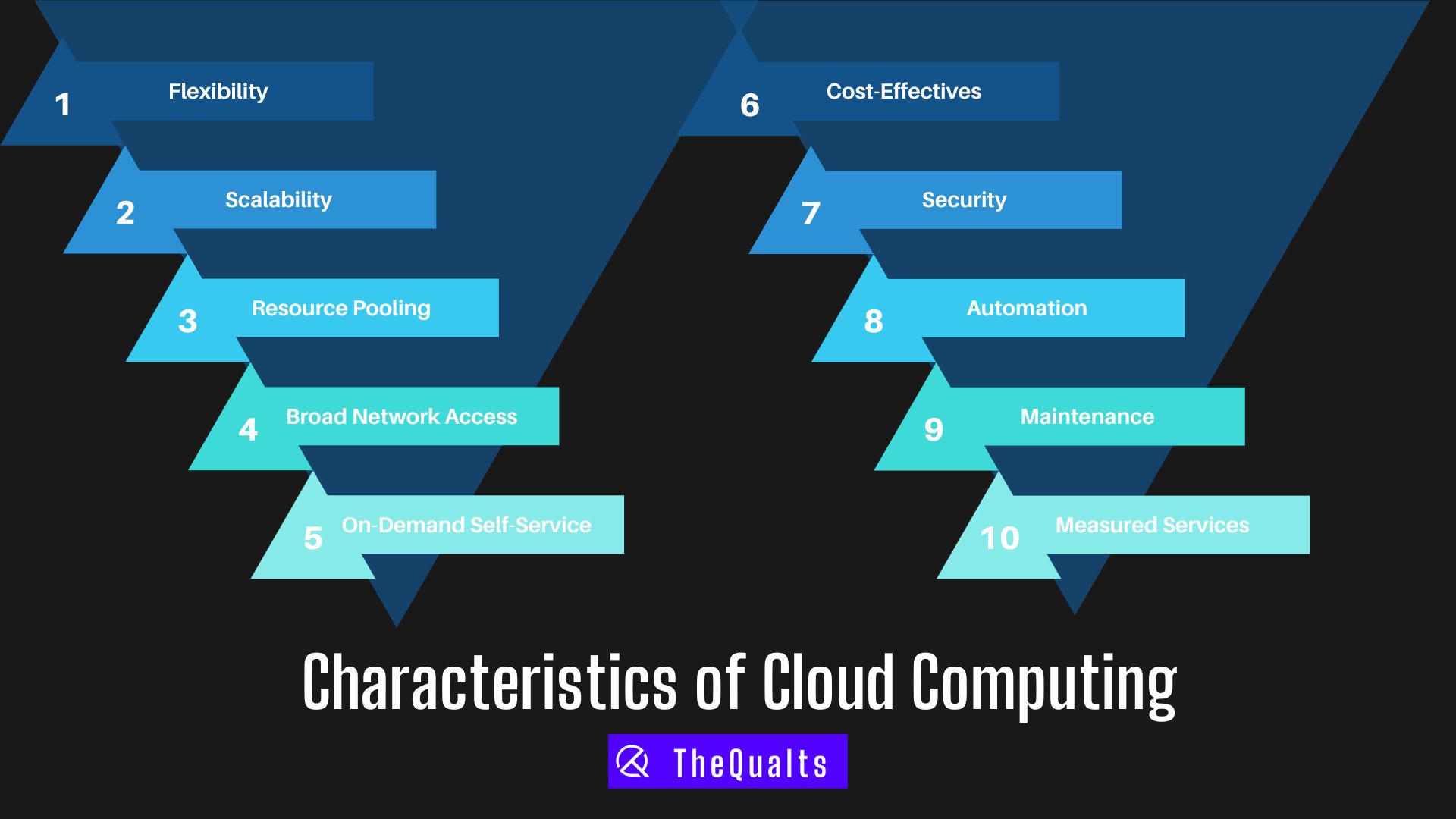Explore Top 10 Cloud Computing Companies in India [2024]

/ Discover the top cloud computing companies shaping India’s digital future in 2024. Explore key players like AWS, Microsoft Azure, and Google Cloud..
Author: Nilesh Badwar.
Date: 23 Feb 2024, 28:18 PM IST
India’s digital transformation is like a rocket taking off, blasting businesses into the cloud at breakneck speed. By 2026, the cloud computing market here is expected to be worth a whopping $13 billion! With that kind of growth, it’s no wonder companies are jostling for position like it’s a tech gladiator arena. But who are the true champions in this fight for cloud dominance? Buckle up, and let’s explore the top 10 cloud computing companies shaping India’s digital future in 2024:
1.Amazon Web Services (AWS):
Think cloud, think AWS. This global giant offers everything from basic storage to cutting-edge analytics, making it a reliable choice for big companies that need a one-stop shop for all their cloud needs.
2. Microsoft Azure:
If your business already lives in the Microsoft ecosystem, then Azure feels like coming home. It seamlessly integrates with your existing tools and offers hybrid cloud options, making it a familiar and comfortable choice.
3. Google Cloud Platform (GCP):
Looking to get ahead of the curve with AI and machine learning? Google Cloud has your back. They offer competitive pricing and an open-source approach, making them a favorite among innovators and tech-savvy businesses.
4. Reliance Jio Cloud:
This newcomer is shaking things up with its massive network and budget-friendly plans, especially targeting smaller businesses and startups. Think of it as the “democratizer of cloud” for India.
5. Tata Communications:
Tata, a familiar name in Indian telecom, is now offering a full suite of cloud services too. From managing your cloud infrastructure to designing hybrid cloud solutions, they’ve got you covered.
6. Wipro and Infosys:
These two IT giants are cloud consulting champions, helping businesses navigate the migration process and manage their cloud infrastructure effectively. They’re like your personal cloud coaches!
7. HCL Technologies:
Looking for a smorgasbord of cloud options? HCL offers IaaS, PaaS, and SaaS solutions, catering to the diverse needs of businesses across all industries.
8. Tech Mahindra:
Worried about moving to the cloud? Tech Mahindra specializes in cloud migration and managed services, making the transition smooth and seamless for you.
9. Nutanix:
Managing multiple cloud components can be a headache. Nutanix offers a unique hyperconverged infrastructure solution that combines compute, storage, and networking into one, making cloud adoption much easier.
10. Infosys:
Infosys rounds out our top 10 with its end-to-end cloud solutions tailored to diverse industry verticals. Whether you need consulting, implementation, or managed services, Infosys brings expertise and a focus on your specific business goals.
Choosing Your Cloud Provider:
Finding the right cloud provider is like choosing your favorite superhero – it depends on your specific needs. Do you need a powerhouse like AWS? A familiar face like Azure? Or an innovative partner like GCP? Weigh your options carefully, considering factors like services offered, scalability, security, and pricing. Remember, the cloud journey is a marathon, not a sprint, so choose a provider you can trust for the long haul.
In conclusion, cloud computing has emerged as a transformative force driving India’s digital evolution. With top-tier companies like Amazon Web Services, Microsoft Azure, and Google Cloud Platform leading the charge, businesses across various sectors are reaping the benefits of enhanced agility, scalability, and innovation





